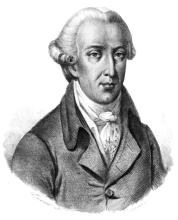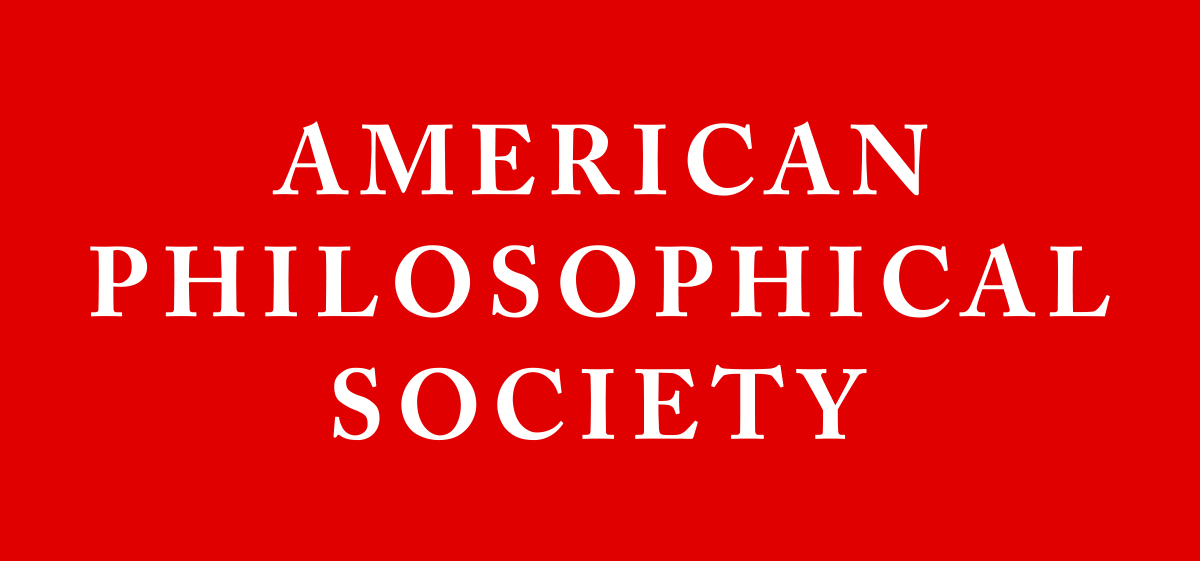Domenico Maria Leone Cirillo (171)
Election date: 1768Membership in the American Society confirmed, 2023.

Domenico Maria Leon Cirillo (11 April 1739–29 October 1799) was a physician and professor of botany at the University of Naples and—as of 2023—a confirmed member of the American Society, elected in 1768.
———
Because Cirillo thanked APS member Dr. John Morgan for proposing him for Membership in a 1769 letter—yet no record of his election exists—the APS Librarian and author of Patriot-Improvers Whitfield J. Bell, Jr. speculated that “Signor Famitz,” the unidentified Neapolitan physician and professor of botany elected to the Society in 1768, was actually a mistaken reference to Cirillo, whose international reputation made him himself well worthy of election. Amedeo Arena (Full Professor of European Union Law at the University of Naples Federico II and Fellow at the Historical Archives of the European Union) corrected this 255-year-old transcription and clerical error in 2023, the details of which are here and here, the first such correction in the Society’s history.
———
Born into a scientifically-minded family near Naples, Cirillo became professor of botany at the university there by age twenty-one. He undertook collecting excursions throughout Italy, establishing an impressive herbarium and publishing widely. He also corresponded with Carolus Linnaeus and promoted his system of botanical classification. In 1769 Cirillo visited England and France, where he met scientific figures like Buffon, Diderot, D’Alembert, and Franklin. Cirillo read a paper on the tarantula to the Royal Society of London that was subsequently printed in its Philosophical Transactions. Upon his return to Naples he was elected professor of practice at the university and appointed court physician. He continued to publish extensively and taught clinical medicine at the Hospital for Incurables. He also spoke out against the conditions in the city’s prisons, called on physicians to serve the poor gratis, and promoted smallpox inoculation. Enthusiastic about the French Revolution, he supported the provisional government created by the French in Naples in January of 1799, the Parthenopean Republic, eventually serving as president of the Legislative Commission (among other roles).
When Bourbon and English forces destroyed the Republic by military means, Cirillo was arrested.
A mob destroyed his garden, books, and instruments. His arrest for high treason—at first something of a show—took on new dimensions when Admiral Lord Horatio Nelson arrived and arranged a more serious court trial. As Whit Bell relates from the archival records: “‘What is your profession?’ the court asked Cirillo. ‘A physician under the monarchy; under the republic a representative of the people,’ he answered. ‘And in this court, what are you?’ the judge persisted. ‘In this court,’ came the reply, ‘a hero.’
Refusing to ask for mercy, he dressed sharply, shaved, and put on new shoes to be hanged for treason in October of 1799. (PI)
Publication: Neapoli, 1766.
Publication: [Neapoli], 1793.
Subjects:Medicinal plants -- Classification. | Medicinal plants.
Publication: Parmae: In aedibus platinis, 1796.
Publication: Neapoli, 1784.
Publication: [Napoli], 1789.
Subjects:Plants -- Irritability and movements.
Publication: Neapoli, 1787.
Subjects:Insects -- Italy. | Insects.
Publication: Neapoli: Apud fratres Simonios, 1773.
Publication: Naples, 1791.
Publication: Neapoli, 1785.
Publication: Neapoli: Ex Vanni Typographeo, 1861.
Publication: Neapoli, 1792.
Publication: Napoli, 1794.
Subjects:Fever. | Patent medicines.
Publication: Neapoli, 1780.
Publication: Napoli, 1783.
Subjects:Syphilis. | Medicine -- Early works to 1800. | Sexually transmitted diseases. | Medicine.
Publication: Neapoli, 1788.
Publication: Napoli : Dalla Tipografia di Gaetano Ferraro, 1833.
Publication: Napoli, 1786.
Publication: Neapoli: [s.n.], 1790.
Subjects:Plant physiology -- Early works to 1800. | Plant anatomy. | Plantkunde.
Publication: Neapoli: Expensis Lucae Marotta : Typis Dominici Sangiacomo, 1802.
Publication: Napoli: Dai torchi di Raffaele Miranda, 1823.
